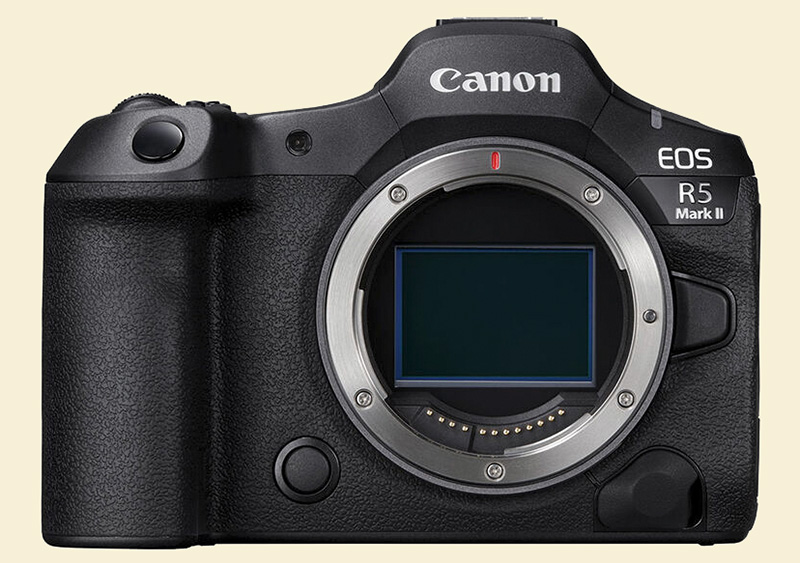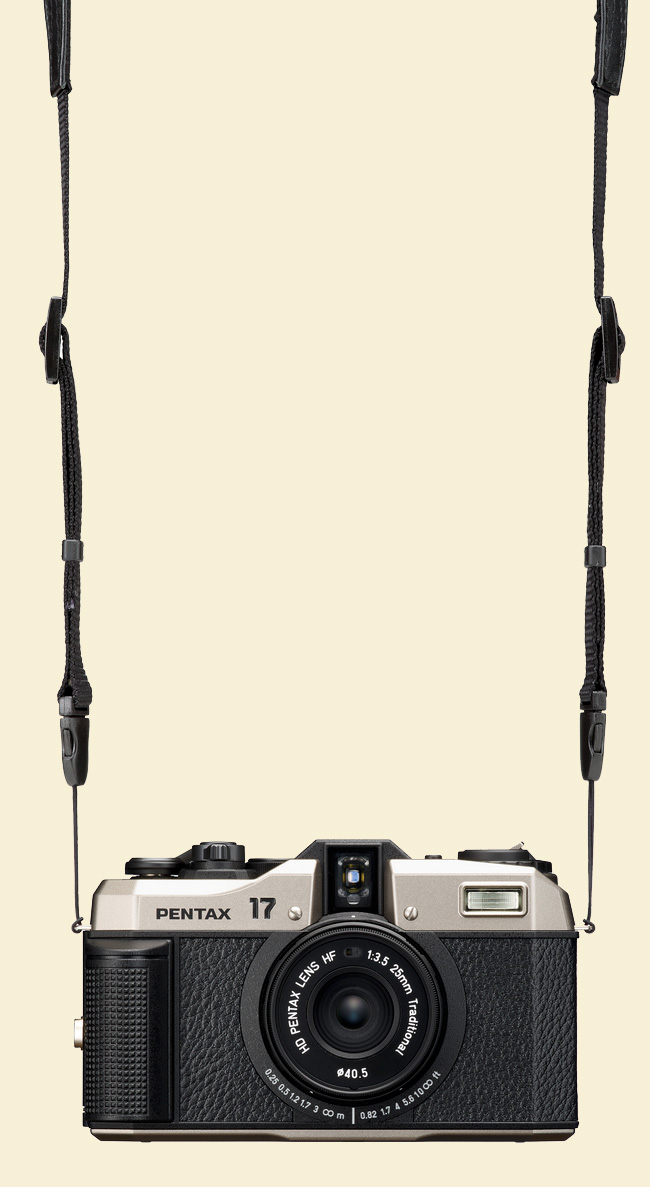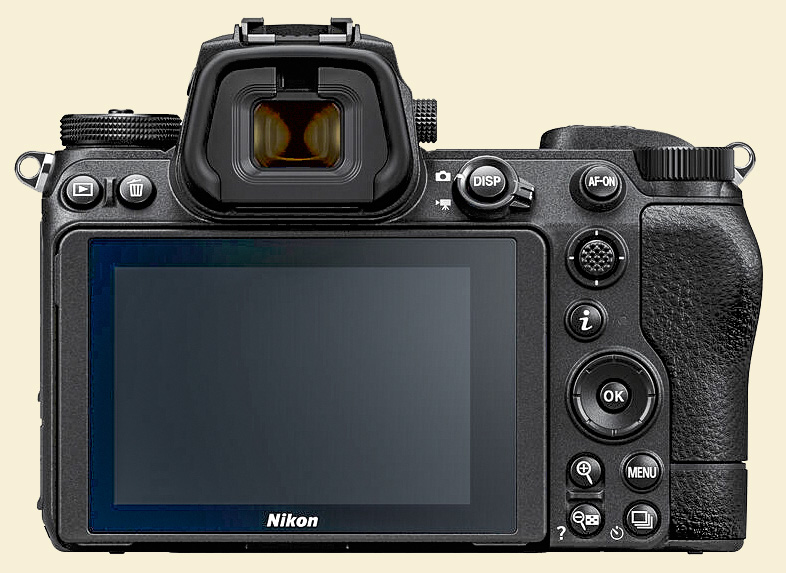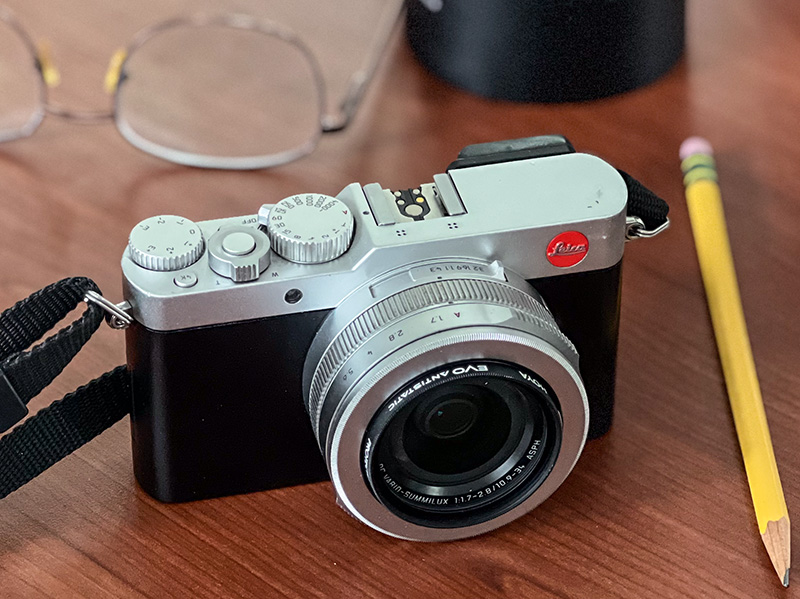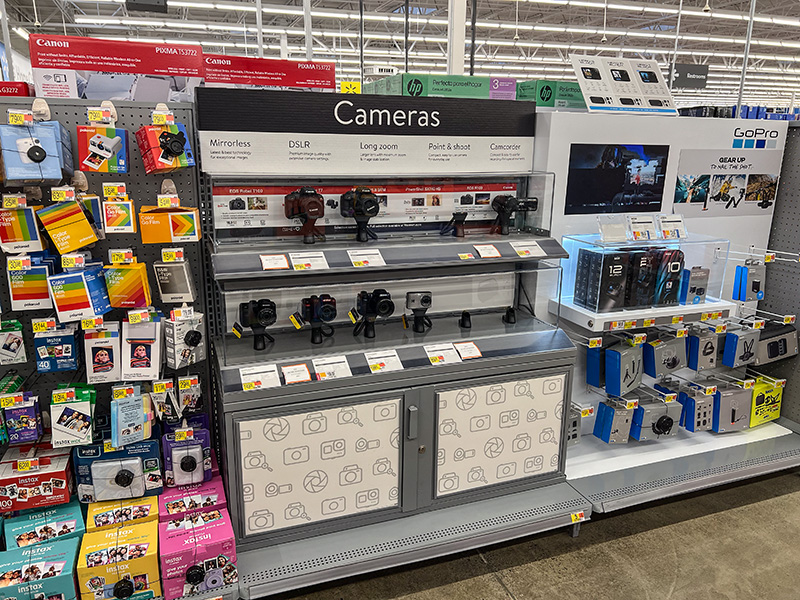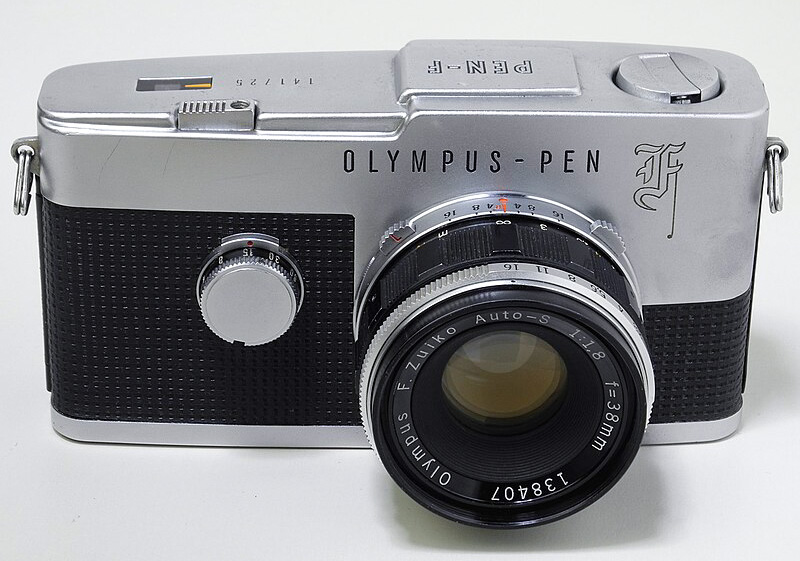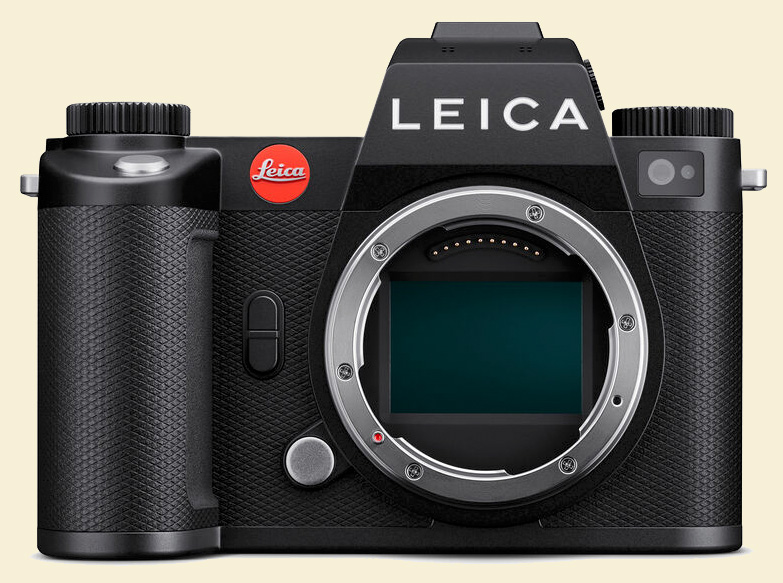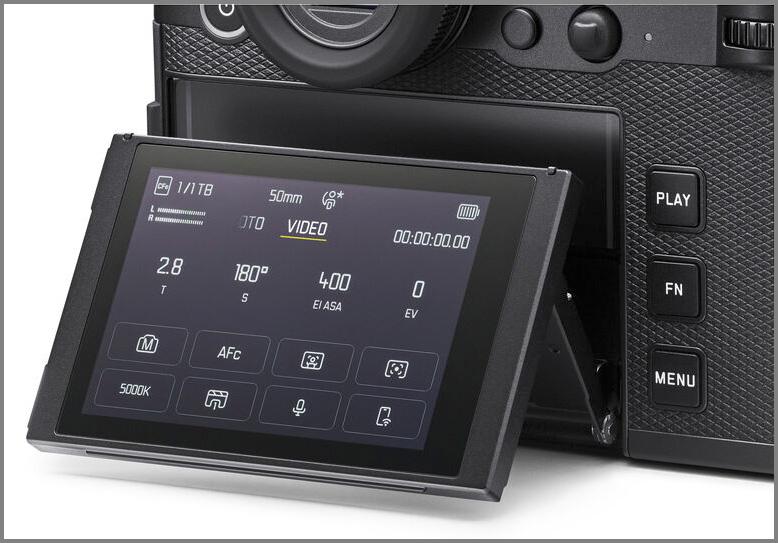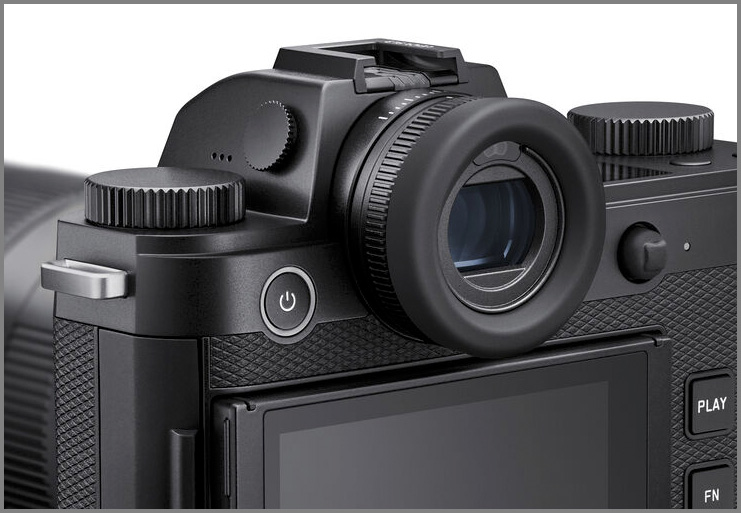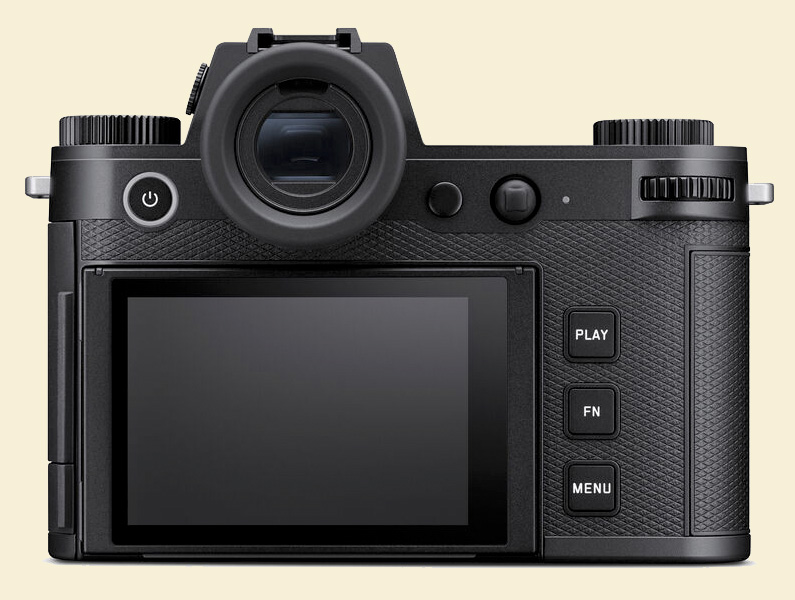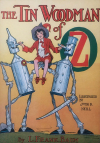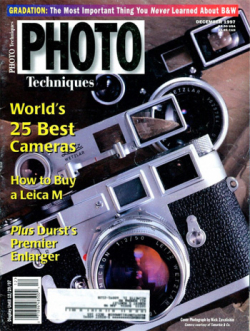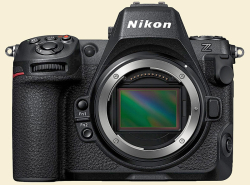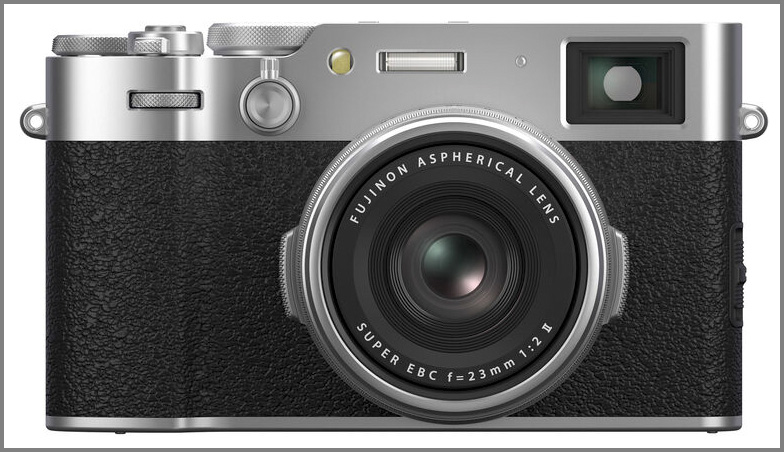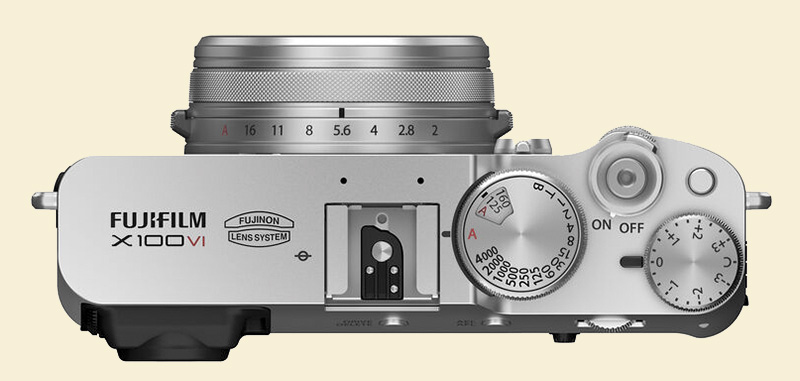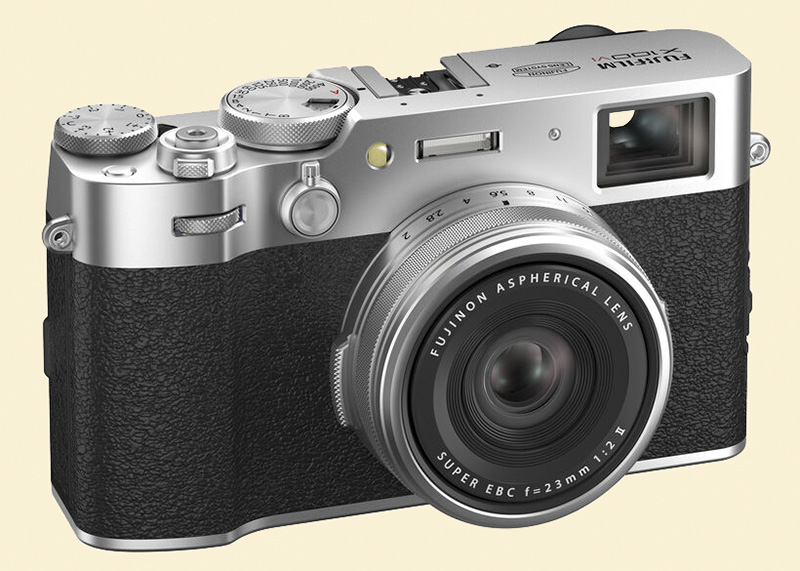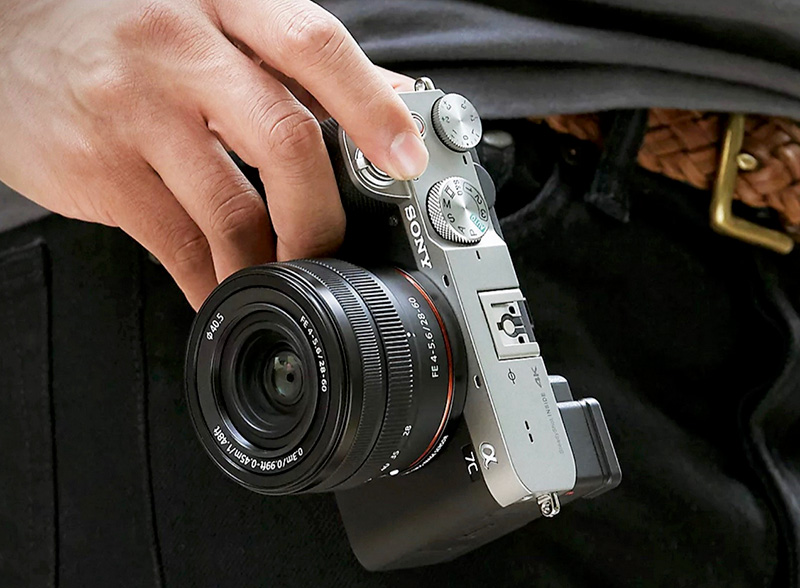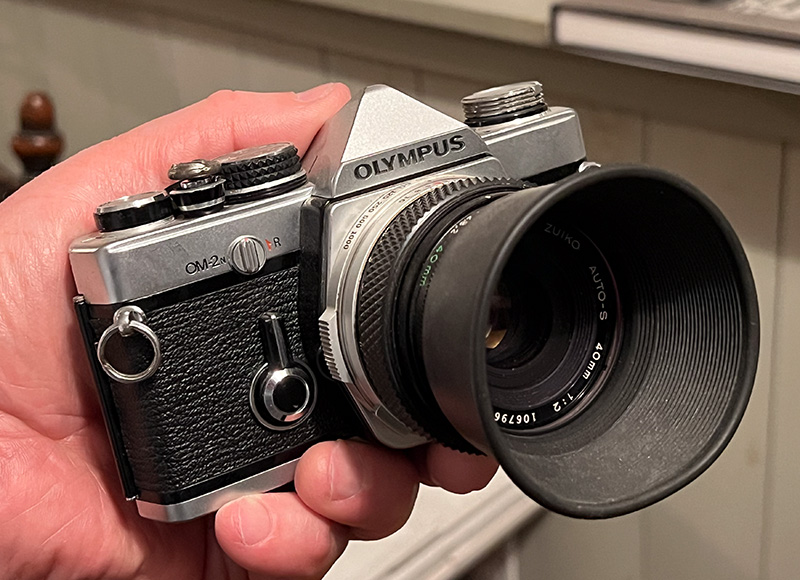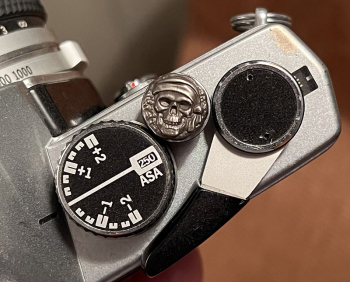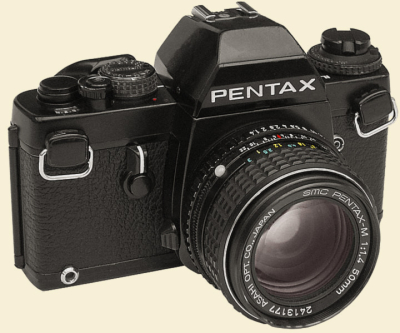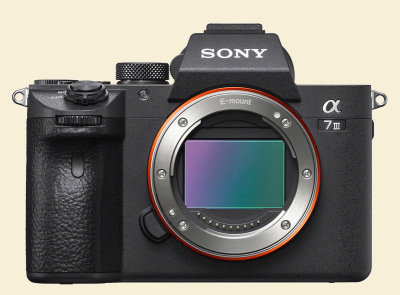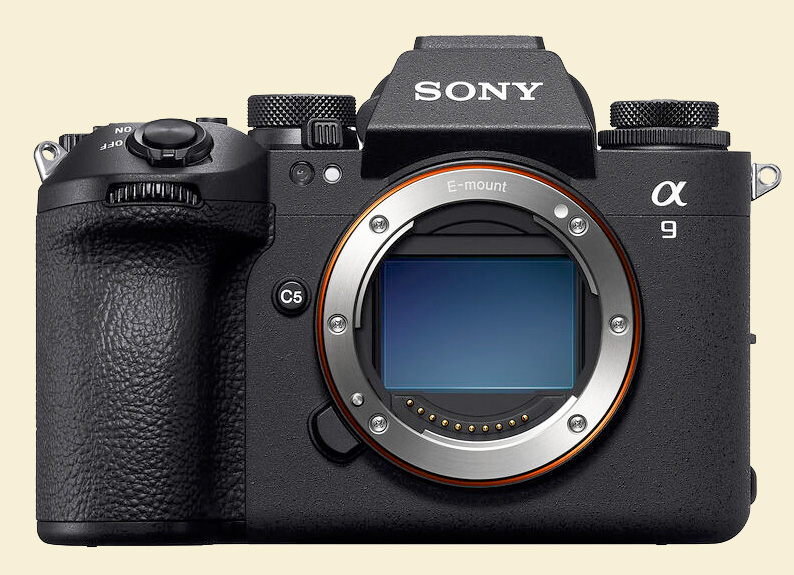Disclosure from the outset: I don't have any insider track at all. I haven't even followed the rumors, and haven't even looked at the teaser videos that are out there. This is just all my own imagination. It isn't information.
With that out of the way, a few basic principles:
- A new 35mm film SLR must be designed to be iconic. It should be something that can last in the market for 20+ years like the LX did, and be something worthy of standing next to the survivor film Leicas. It must be special enough to gain some mindshare out in the general culture, beyond the boundaries of the community of enthusiasts.
- It must position Pentax as an iconic marque and company, and build off of its classic heritage and highest accomplishments. Perhaps even help launch a proud Pentax brand, with regalia and merch and swag and wearables, in the same manner as Harley-Davidson did so successfully during one of its comebacks. Maybe that last is a stretch, I dunno.
- It must be mechanical, or at least mostly so, so that it has "object quality." Jewel-like. A fetish object. An object worthy of desire. With electronics used judiciously, sparingly, and only where needed. Not unworthy of being pressed into use as a "fashion accessory" by some. We old Photo-Dawgs don't care, but classic film cameras are personal style statements to young people now. Lean into that!
I'd have them make the "Spotmatic III." Does any old SLR look as classic and perfect as a Spotmatic? That doesn't exist. The same size, shape and weight as the classic SP and SL. Perhaps with adjustments—maybe three ounces lighter, and maybe the pentaprism would have to be a bit larger. Modernized, stylized—slightly. The same beautifully durable materials. (Do any old cameras wear as well through time as Spotmatics? Methinks not.) And purist: no self-timer. No hot shoe or flash terminals. No mirror lock-up (well, maybe mirror lock-up). No double exposure button. No connection for motor winders or drives. No autofocus, of course (although I'd tolerate a focus confirmation light)—manual focus might be slower, but it's its own joy. The whole camera would embody the ideas of deliberation and contemplation, as does using film in 2024.
None of that is needed now because the camera won't be anybody's go-to for workaday, necessary pictures. Just a purist machine for exposing negative film and nothing more. It doesn't need to do any kind of specialist double-duty. It would be for one thing and one thing only: looking through, and exposing pictures mindfully, deliberately, and joyfully.
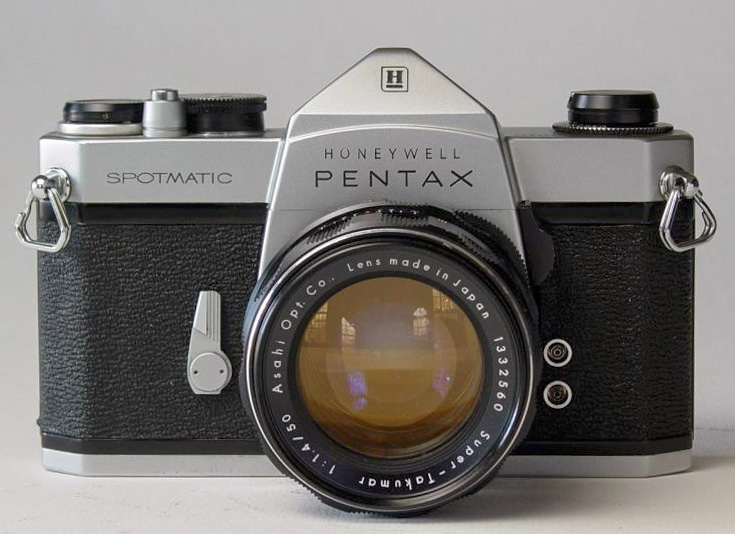
The legendary Pentax Spotmatic, pride of Japan in
the 1960s. Photo by Paul M. Provencher.
Then, some modern updates: 100% finder and better eye relief, better coating in the prism and finder optics. But with plenty of "snap" on the groundglass, rather than brightness at the expense of being able to see the plane of focus. K-mount, of course, not Pentax screwmount. Diopter correction built in, so it can't get lost. The beautiful self-timer lever could be retained to serve as the lens-release lever. Great care taken with haptics and hand-feel: the smoothness of the wind-on, the sound of the shutter (quieter), the damping of the mirror. I'd give it three sizes of optional add-on handgrips, but, continuing under the heading of "if it ain't broke," retain the plain old ring lugs so that any strap could be used, and a mechanical connection for a mechanical cable release.
One thing they could work on re-engineering would to foolproof the film loading. Years of serving students and enthusiasts have taught me that that's something that can frustrate people about film cameras. Kodak's research showed the same.
Spot on
Autoexposure and metering is where my fancies get really sweet. Pentax needs no introduction to logic in control layouts: they perfected it, their cameras (many of them) embodied it. So, the classic aperture ring and shutter speed dial (going up to 1/2000th or at most 1/4000th, no more than that is needed for film now!), with an "A" for auto on each: when both are set on a value, you're in Manual mode; when the aperture dial is set on A and the shutter speed dial is set on a value, you're in Shutter Priority; when the aperture is set on a value and the shutter speed is set on A, you're in Aperture Priority; and finally, with both set on A, you're in Program Mode. No more modes than that.
Simple centerweighted averaging metering. People will, after all, be using forgiving B&W film and forgiving color negative film for the most part.
...But here comes the kicker. Longtime Pentaxians know that the name "Spotmatic" was originally chosen because the camera was supposed to have spot metering capability. But it was too early for the tech, the idea was dropped late in the development, and the cameras never had spot metering—even while the name was retained.
I'd propose to restore the original raison d'etre of the classic camera. On the back of the top plate, right where it's easiest to access for the thumb of your right hand, a small button that, when you push it, gives you a spot reading corresponding to just the area of the focus aids in the finder, and simultaneously locks exposure until you release it again. This allow you to take a spot reading on a middle gray area of the picture and recompose and take one shot or many, or quickly revert or reset as needed. Two metering methods (and nothing else, no matter what your engineers can think up), in combination giving the photographer all he or she really needs for general and expressive photography.
Simple. Purist. Elemental.
Could they sell this whole idea? I don't know, but I sure as hell could.
Skimp not!
Finally, and this is important: really, really good build quality, and a high enough price. (That might sound surprising, coming from me!) You have to differentiate it properly from actual old cameras. It has to be better and finer, in part because it is newer, in part because it's made to be a precision instrument. Not priced so high that it seems like a ripoff: that would not be aligned with Pentax's history of making plain, unpretentious working tools (which this is not manifesting but rather glorifying, as all good retro ought). I'm thinking somewhere between maybe $2,200 and $2,800, today? To earn the company some money, sure. But it also has to be high enough for the new camera to be the aspirational target of all those young enthusiasts who are currently using actual old used SLRs from the bygone days. Importantly, it has to be enough nicer than all the old cameras that it creates legitimate lust and longing: the kind of thing people of all sorts would want because, well, because they want it. Remember, nobody needs a film camera. People will only buy one because it's beautiful and it delights them and it promises them an experience and they desire the thing. They'll buy it only for love, so you've got to make something people can love and then be able to articulate all the reasons why they should.
Never happen, of course. But, as Ernest Hemingway once famously wrote (coincidentally, in The Sun Also Rises, Japan of course being the Land of the Rising Sun): "Isn't it pretty to think so?"
Mike
Original contents copyright 2023 by Michael C. Johnston and/or the bylined author. All Rights Reserved. Links in this post may be to our affiliates; sales through affiliate links may benefit this site. As an Amazon Associate I earn from qualifying purchases. (To see all the comments, click on the "Comments" link below or on the title of this post.)
Featured Comments from:
Landon Whitsitt: "This may not earn me a 'Featured Comment' spot (pun intended), but: YES. A thousand times YES. All this. Every bit of it."
Mark: "When Nikon released new film rangefinders in 2000 and again in 2005, my impression is that they were mostly snapped up by collectors. Of the ones currently for sale on EBay, quite a few are (or claim to be) unused. Will that be the case with a new film Pentax? I hope not, but it wouldn’t surprise me if Pentax’s revived film SLR sells at collector prices, and has a limited production run."
Erwin Frank-Schultz: "Agree with most of your ideas. Don't see much harm in a self timer and sync terminal. Love the idea of focus confirmation LED (with arrow either side). Should have optional focus screen with no optical focus aid, just circle for sport meter and frame for assisted focus. The first camera I bought (rather than 'inherited') was a Canon AL-1—loved the focus confirmation on that. Single button press spot meter / AE-lock also spot on. ;-) Any thought on lenses that should be released alongside?"
Bill S. (partial comment): "So what about lenses? I'm sure Pentax will want to sell some lenses for the camera."
Mike replies: Hmm, not sure, because I no longer remember off the top of my head all the various functional permutations. I think it would require an A lens to conform to the modes I've already called for. But the A lenses weren't my favorites. I'd say on the ideal plane at which my brain resides on this topic, it should be designed to be native with SMC Pentax-M lenses, the best line they ever had, and that there should be some new ones to go with the camera—but all designed for character rather than excessive, bland, synthetic-looking, overperfected perfection like many of today's lenses. Leave resolution to digital. The Spotmatic III would be for negative films, B&W and color.
Oh, and for any such camera to be manual-only would be THE KISS OF DEATH.
Kenneth Tanaka: "I’ve never touched a Pentax camera in my life and my desire to use film again is just slightly ahead of getting a cold sore. But I’d endorse your performative specs for such a camera. It’s worked for Leica for a long time."
Mike replies: That amounts to high praise from you! (Ken is a businessman and remarkably clear-eyed and hard-headed.)
Kenneth Tanaka: "Addendum: Watching The Beatles' A Hard Day’s Night yesterday (an annual event) reminded me of how terrific Pentax’s marketing maneuver was with them. Pentax gave 'the lads' cameras around that time…which they used well during their first American tour. (Ringo's snaps were published some years ago and Paul’s were just recently published.) Plus Ringo is prominently shown with his camera in the film. Although the main audience from those days is dwindling, Pentax might still do well to leverage such retro moments, as the film camera itself is pure retro chic."
robert e: "According to Pentax designer Takeo Suzuki, the first camera being developed for this project is a compact, fixed-lens non-SLR with a mechanical film advance lever. This video is particularly interesting. But there is lots more at the project's home page. The main takeaways for me, based on a brief sampling: 1.) The project is not about one camera—it's about reviving a vibrant and relevant film camera industry to support the growing numbers of young film enthusiasts and make the hobby more accessible to the uninitiated. (With Pentax as the flagship brand, of course.) That said, a lot is riding on this first camera. If it succeeds, SLRs and medium format are possible. 2.) It's about the joys and pleasures of analog photography, including the satisfying haptics and ergonomics of mechanical cameras. More generally, Pentax wants to understand and deliver what people find so compelling about film photography. 3.) It's a last chance to preserve and pass on a living body of manufacturing know-how (and Pentax's legacy) before it disappears along with its last practitioners. However it goes, Pentax seems to be doing a wonderful job so far of involving the world and stoking enthusiasm."
John v: "Not having seen anything about Pentax’s film camera plans, I’m inclined to think the untapped film camera market isn’t high-end SLRs but rather high quality point-and-shoot cameras. It’s the Yashica T4 and Contax P&S cameras selling for ridiculous prices to young film photographers."
Roger: "Pentax will need to come out with a 6-MP CCD-sensored digicam if they want to stay current with the cool kids. It’ll need to use AA batteries and create 'film-like' output."
Kodachromeguy: "It will be difficult for Pentax to find the machinists/technicians, materials, and production system make a new camera that has the smoothness and precision of an early 1970s Spotmatic. Was the gearing made of brass? Was each camera hand assembled? Nikon pulled it off with their reissue rangefinders in the early 2000s, but it was expensive and difficult. They even had challenges finding the correct metals and coatings."
Steve Renwick: "The meter display should be match-needle style, like God Herself intended. And of course the camera should allow the photographer to go on shooting, unmetered and manually, if the batteries fail."
